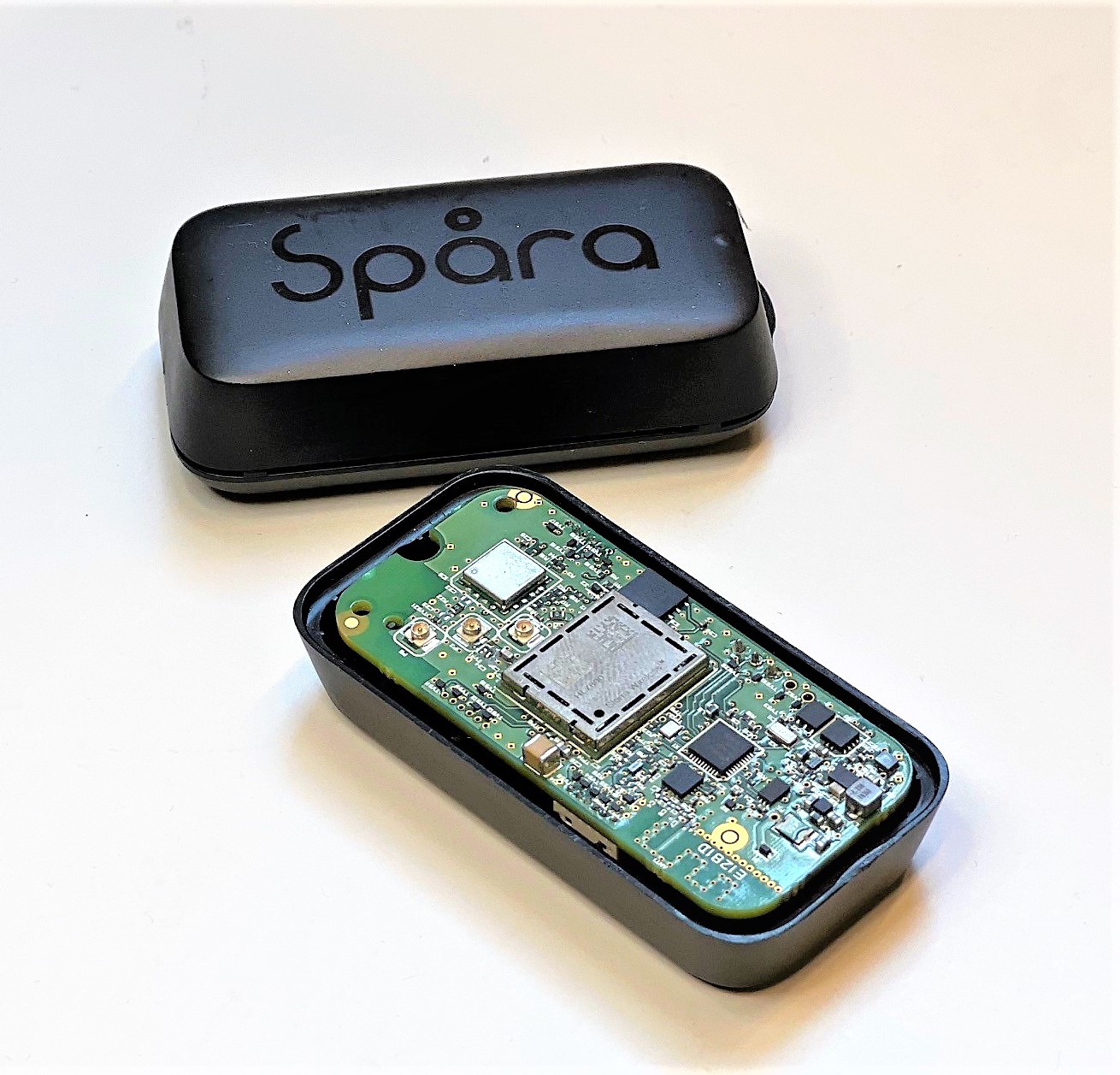Proactive and preventive maintenance
IoT enables the collection of signals from machines, for example, by utilizing accelerometers or acoustic sensors, to identify anomalies in a machine's behavior. All such data can be sent and analyzed, allowing potential faults in components to be identified well in advance. Even before the machine breaks down, an operator can arrive with the right tools, training, and spare parts to replace what needs to be replaced. This reduces downtime in production and, most importantly, makes it predictable.





